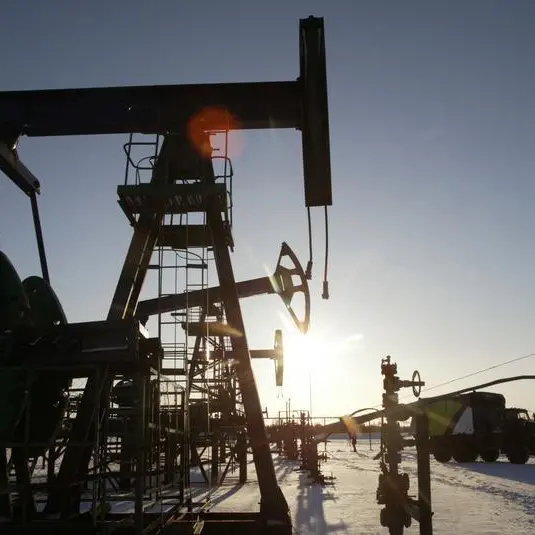The short answer to the above question is yes, but not just because of underinvestment due to the increased focus on renewables. That’s to say, it’s not just about a convulsive move to shake off fossil fuels in favour of the ESG narrative.
Politically, that’s definitely been the case. The tide has long turned on this issue and politicians are eager to at least appear to be saying the right things. However, the oil story is much more complex. Oil exploration has been suffering from chronic underinvestment for years. In the United States, investment in new wells peaked in 2014, and that wasn’t down to the green issue. You only have to look at who presided as commander-in-chief between 2017 and 2021 to confirm that.
Capital expenditures (CapEx) across the energy sector have been slashed due to financial pressures on these companies to run their businesses in a manner that helps them perform better as financial assets. For this situation, you can read a focus on paying dividends to investors, buying back shares to boost the share price, and paying down debt that would otherwise have been used to fund further exploration. You can also add to this the prioritising of low carbon emissions, but as I say, it currently seems to be in the service of winning the Wall Street ‘beauty contest’ rather than anything ostensibly more environmentally conscious.
2014 was also the last time we saw $100 oil. So, with the price starting to drift back into those regions, it’s going to be interesting to see what $100 oil looks like in an environment of underinvestment, especially with so much public pressure to move away from fossil fuels.
The pandemic certainly hasn’t helped matters either. For two years, markets have had the spectre of lockdowns, subsequent COVID waves, and virus variants to price-in. In fact, these swings between lockdown and reopening have been more directly responsible for oil prices in the short-term, and for the elevated energy prices that appear to be in store for us in 2022.
Take Omicron for example. The massive dip we saw towards year-end, which sent crude down to test August’s support levels, was almost entirely a market spasm related to Omicron fears. We’ve seen the subsequent rally as those fears have abated and the fundamentals of supply and demand are reasserted. Low inventory levels have also added to oil’s strength with eight of the last nine reports showing draws in crude inventory levels.
OPEC’s flat out refusal to accommodate President Biden’s request of a production increase back in November eventually led to Biden having to access the country’s Strategic Petroleum Reserve (SPR). This may not have affected the price in any sustained way back then, but it was a highly significant event as tapping the SPR is usually a last resort. More recently, the second-largest loan from that reserve was made to 7 companies, bringing the current draw from the SPR to 40 million barrels.
Meanwhile, we’re also learning about OPEC’s true excess capacity, with geopolitical conflicts and underinvestment leading to certain member nations being incapable of
meaningfully increasing production from current levels. In December, only two-thirds of the planned output increase was managed by OPEC+ nations, with Nigeria, Libya, and Russia falling short of their quotas.
Are we seeing cracks emerging in OPEC? There’s certainly a wide disparity in the production capabilities of different members, with Saudi Arabia and the UAE able - though perhaps not always eager - to make up for the shortfall.
If you recall, during the price war in March 2020, the UAE surprised everyone with a 4 million BPD capacity that no one knew it had. In recent years, the UAE has demonstrated its willingness to pursue its own national interests even when they do not coincide with those of OPEC. The Abu Dhabi National Oil Company’s (ADNOC) focus on expanding both production and storage capacity, as well as the country’s moves to make Murban crude the region’s preferred benchmark, reveal an interesting tension developing between what can only be described as two energy superpowers.
Then, there’s also the ramping up of tensions between Russia and Ukraine, which represents yet another uncertainty that energy markets have to contend with. All of the above is why it’s currently not just the rapid shift to renewables that’s at play.
Taken in isolation, would a sharp move to renewables necessarily cause higher oil prices? Yes, of course. But the electrification of everything clearly isn’t something that can be achieved from one day to the next. The natural resources alone required for such a wholesale transformation at scale are significant. I don’t think markets are deluded about this. Politicians might be, but even then it’s probably more about them having to be on the side of popular opinion than anything else.





















